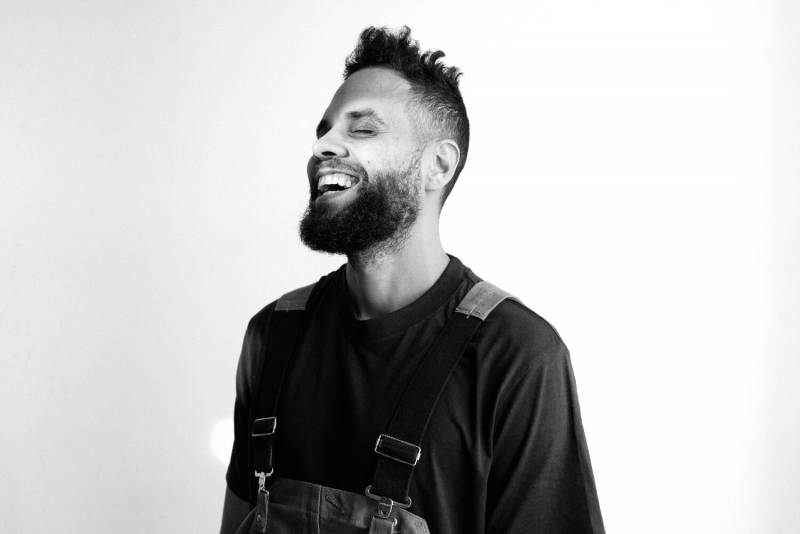Opera has been around for centuries and no one is digging its grave. The novel is still going strong after a millennium and only a fool would declare its demise. So why does jazz, a relative upstart born in the early years of the 20th century, attract so many doomsayers? Every five years or so, middlebrow publications run a wave of “think pieces” measuring the music for a coffin, arguing that jazz is dead, dying or gasping for breath.
Reading these pieces, it’s usually obvious that the writers slinging the cliché aren’t paying much attention to the scene. In the updated third edition of Ted Gioia’s invaluable book The History of Jazz, he counters the tired narrative by noting “a development as delightful as it has been unexpected. Jazz has somehow rediscovered its roots as populist music, embarking on a new and unscripted dialogue with mainstream culture.”
I’d go farther. Rather than an unexpected development, 20 years after the release of D’Angelo’s pervasively influential neo-soul manifesto Voodoo, an album deeply marked by the work of revered jazz trumpeter Roy Hargrove and acid jazz guitarist Charlie Hunter, jazz’s presence in popular culture is rapidly accelerating in multiple directions. Gioia namechecks Kamasi Washington, Esperanza Spalding, Shabaka Hutchings and Robert Glasper as artists in their prime who “have shown that they can draw on the full range of current-day song styles without losing their jazz roots.”
The point is not only well taken, it understates the degree to which musicians steeped in jazz are helping design the contemporary soundscape, from movies and video games to hip-hop, R&B and pop. The traffic flows both ways, of course, and these same artists are creating music deeply influenced by and engaged with popular culture. Look no further than the new season at San Francisco’s SFJAZZ Center, where three artists performing in the coming days embody a rising generation who see jazz as a provocative question rather than a set of answers.
Pianist and composer Kris Bowers, 32, opens the season Thursday with a multimedia solo performance that draws on his skills as an improviser and his rapidly growing body of film scores. A Thelonious Monk International Piano Competition winner who graduated from Juilliard, the Los Angeles native is as comfortable collaborating with Jay-Z and Kanye West as he is creating musical settings for choreographer Kyle Abraham. But he’s putting most of his energy these days into his career as a film composer, with credits that encompass documentaries (Elaine Stritch: Shoot Me, Kobe Bryant’s Muse and Norman Lear: Just Another Version of You), Hollywood features (The United States vs. Billie Holiday and Green Book), and Netflix series (Dear White People, When They See Us and Bridgerton).
Bowers is so busy that he’s only performing a handful of concerts a year, and Thursday’s SFJAZZ show is a trial run for an immersive concept he’s developing. The first half includes original text he commissioned from a poet and abstract video elements created by graphic artist David Wexler (a.k.a. Strangeloop), who’ll be on hand to interact with Bowers in real time as he performs.
“It’s a duet,” Bowers says.
The concert’s second half features excerpts from his favorite scores, reimagined as solo piano pieces with visuals he created with his wife. While the sources are disparate, the program seeks to build an emotional narrative that’s larger than any particular scene or moment.



